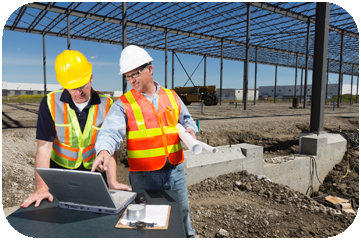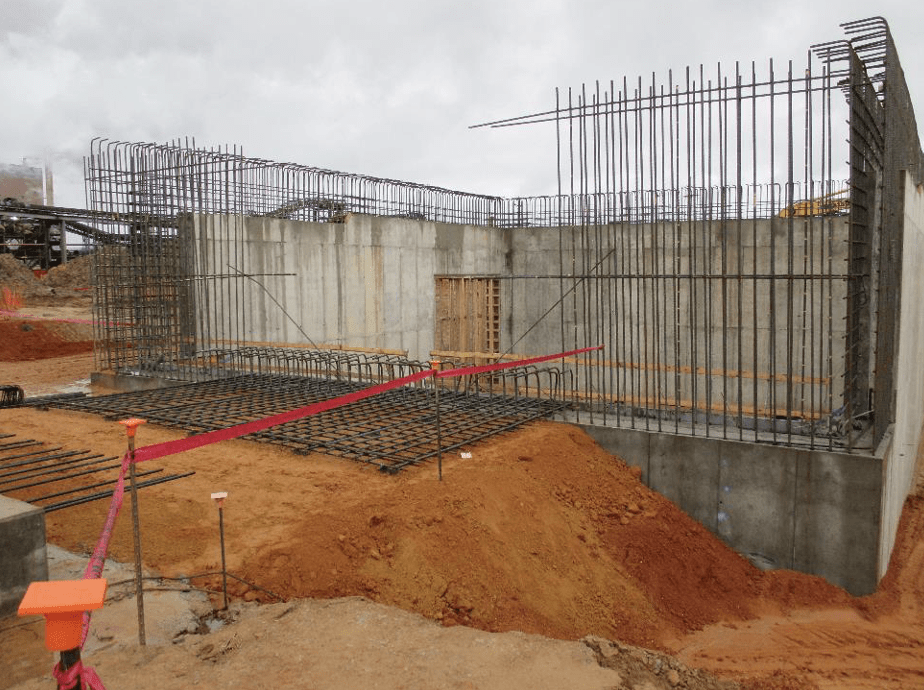Consulting Civil Engineering Companies Offering Geotechnical Solutions
Consulting Civil Engineering Companies Offering Geotechnical Solutions
Blog Article
Checking Out the Important Role of Consulting Engineers in Geotechnical Projects: A Comprehensive Overview of Their Payments and Obligations
Consulting designers offer as essential figures within geotechnical jobs, tasked with the intricate responsibilities of assessing subsurface problems and making sure the structural integrity of building and constructions. Their know-how not only shapes design criteria and governing conformity but additionally facilitates essential communication amongst different stakeholders, thereby improving project end results. The complexity of their function is further highlighted by the need for aggressive risk monitoring techniques and ecological factors to consider. As we discover the multifaceted payments of speaking with designers, it becomes apparent that their participation is important to browsing the challenges fundamental in geotechnical undertakings. What specific techniques do these specialists employ to secure task success?
Review of Geotechnical Engineering
Geotechnical design is a crucial discipline within civil engineering that focuses on the habits of planet products and their interaction with structures. This field encompasses the research of dirt, rock, groundwater, and the technicians governing their properties and actions. Geotechnical designers assess the physical and chemical homes of these materials to determine their viability for numerous construction projects, guaranteeing that structures are started on steady and trustworthy ground.

Moreover, geotechnical designers must consider ecological factors, such as soil contamination and groundwater administration, to advertise lasting development. Their competence is necessary in maximizing the layout and building and construction procedures, eventually contributing to the longevity and safety and security of civil engineering tasks.
Secret Responsibilities of Consulting Engineers

Furthermore, they are in charge of developing layout specifications and specs that stick to regulatory standards and best practices. This includes assessing site problems and establishing suitable building techniques, which is crucial for minimizing threats related to ground instability.
Consulting designers additionally serve as liaisons in between various stakeholders, consisting of clients, service providers, and governing bodies, assisting in clear communication and collaboration throughout the job lifecycle. consulting civil engineering companies. They offer skilled assistance during building and construction, guaranteeing that geotechnical elements are sufficiently dealt with and that any kind of unforeseen challenges are handled successfully. Ultimately, the multifaceted responsibilities of consulting engineers are essential to the stability and success of geotechnical projects, affecting both safety and security and sustainability in building practices
Website Assessments and Examinations
A comprehensive site assessment is essential for understanding the subsurface problems that affect geotechnical tasks. Consulting designers play a crucial function in carrying out these analyses to guarantee the safety and practicality of building tasks. This procedure generally entails a series of examinations, consisting of dirt sampling, borehole boring, and geophysical studies, to collect important information on dirt residential or commercial properties, groundwater degrees, and the geological context of the site.
Engineers evaluate the acquired information to recognize the potential obstacles presented by the subsurface problems, such as soil instability or high groundwater degrees, which can affect the style and execution of the project. Furthermore, website analyses assist in reviewing the visibility of pollutants, which is important for ecological conformity and ensuring public safety and security.
In addition, consulting engineers coordinate with multidisciplinary groups to integrate findings from site examinations right into wider task objectives. With rigorous documentation and coverage, they give important insights that educate stakeholders about the viability of the site for recommended developments. Inevitably, the thoroughness of website analyses lays the structure for effective preparation and engineering options, mitigating dangers related to unpredicted subsurface problems.
Design and Threat Administration
After performing complete site analyses, speaking with designers concentrate on the layout and danger management elements of geotechnical projects. This phase is critical as it makes sure that the engineered options are not just reliable however additionally safe and sustainable (consulting civil engineering companies). Designers utilize their knowledge civil geotechnical engineering to establish designs that attend to the specific geotechnical problems recognized throughout the site analyses, including soil properties, groundwater habits, and prospective hazards
Danger administration is indispensable to this procedure, as it includes identifying, examining, and mitigating potential threats related to the project. Engineers use numerous logical approaches and modeling strategies to forecast the behavior of dirt and rock under different loading conditions. By assessing uncertainties and potential failing settings, they can recommend layout alterations that boost stability and decrease risk.
Additionally, speaking with designers ensure conformity with appropriate codes and criteria, which are vital for reducing liabilities. They also prepare contingency strategies to deal with unexpected challenges that may develop throughout construction. Via meticulous layout and aggressive risk administration, getting in touch with engineers play an essential function in making sure the safety, functionality, and long life of geotechnical jobs, inevitably adding to the total success of the construction undertaking.
Partnership With Job Stakeholders
Reliable partnership with job stakeholders is crucial for the success of geotechnical jobs. Consulting designers play an essential role in promoting interaction among various events, including customers, professionals, regulative authorities, and environmental professionals. This cooperation ensures that all stakeholders have a clear understanding of project objectives, timelines, and possible dangers.
Consulting designers are liable for incorporating stakeholder input into the layout and implementation of geotechnical solutions - consulting civil engineering companies. By proactively engaging with stakeholders, they can identify worries early in the job lifecycle, enabling timely changes and mitigating prospective conflicts. This aggressive method not just fosters trust however additionally boosts task efficiency
Furthermore, seeking advice from designers have to navigate the complexities of regulatory conformity, ensuring that all geotechnical techniques align with legal and ecological standards. Their experience around is crucial in preserving open lines of interaction with regulatory bodies, consequently assisting in smoother approvals and allowing procedures.
Verdict

Report this page